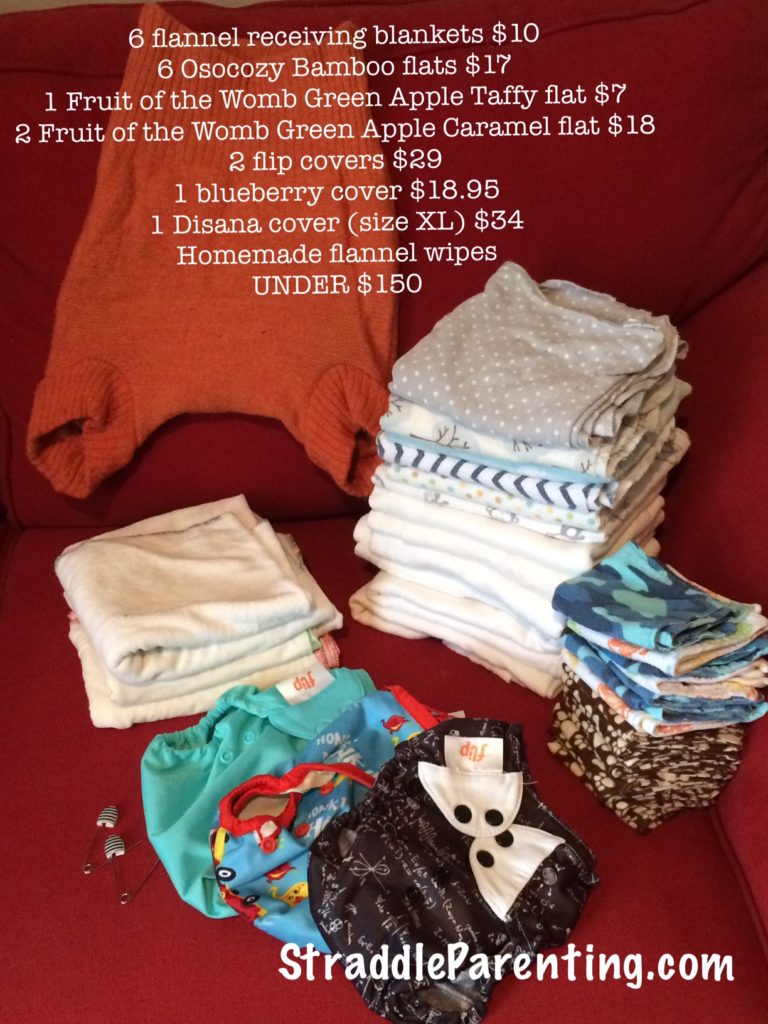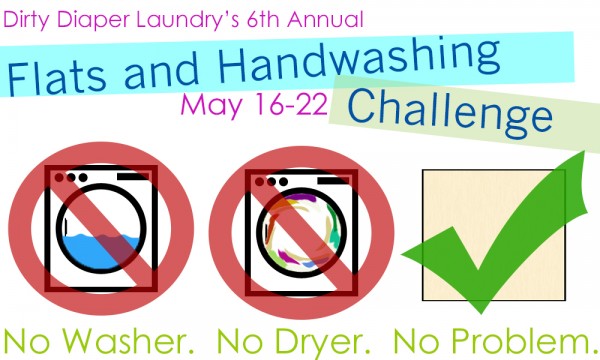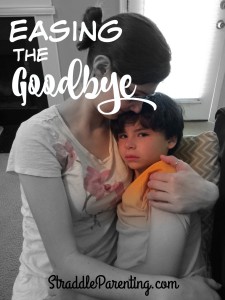Dads and diapers. The punchline to a million jokes, and the brunt of much angst among mothers.
While quite a few fathers are more than on board with the idea of saving money when it comes to necessary evils like diapers, the intimidation factor is high; many dads seem to feel inept even thinking about cloth diapering a baby, let alone using (gasp!) flats. For some reason, a stereotype exists that says cloth is hard, it’s messy, and folding is for professionals only.
Uh, no.
All cloth is totally doable for anyone otherwise able to change a diaper— and since I’ve led curious 4 year-olds through the process on more than one occasion, I can pretty much assure you that anyone able to parent a child can be lumped into that group.
Anyone who knows my husband knows that he’s Super Dad. (I am not exaggerating! The man was actually honored as Father of the Year by a parenting organization in Washington.) But guess what? It’s not his amazing parenting skills that allow him to morph a sheet of cotton into the perfect airplane fold and wrangle it onto the bum of a baby. It’s just doing it.
In his words:
There’s no question, the flats at first were intimidating. Why would anyone choose to use them when there are so many prefold options?
But price is definitely one reason, and if you’re on a tight budget, like we are, then prefolds often aren’t affordable.
As it turns out, the flats aren’t that difficult to use and they hold more in than you’d actually think. Wash them and hang them to dry, and they definitely are ready to use much faster than any other cloth.
My only advice, especially with squirming babies, is to have lots of pins available (I’m often unprepared and searching for one nearby!). And once a bit dull, toss them. It takes a sharp pin sometimes to get through the layers.
It’s true, I’m still more likely to grab a prefold or fitted if one is available since we’ve used them for years and have them, but there’s no reason not to use flats as a sole source of cloth diapering or as an option among several varieties.
As a dad, it turns out I’m not only capable of using them, I’m also impressed with them.
My tips for getting Dad on board with flats?
- Do the math. Show how how much you could spend, then show him how much you will spend. That’s usually pretty much all it takes to sway a guy on the fence.
- Make it easy. Fold your flats straight out of the dryer, stack them in the changing area, and keep pins & covers at hand.
- Teach him folds. I’ve sat with my husband and demonstrated folds, but if your guy prefers pictures or videos, offer those.
- Don’t make it your thing alone. Because it’s not. Real men, after all, change diapers. Doesn’t matter what kind!







